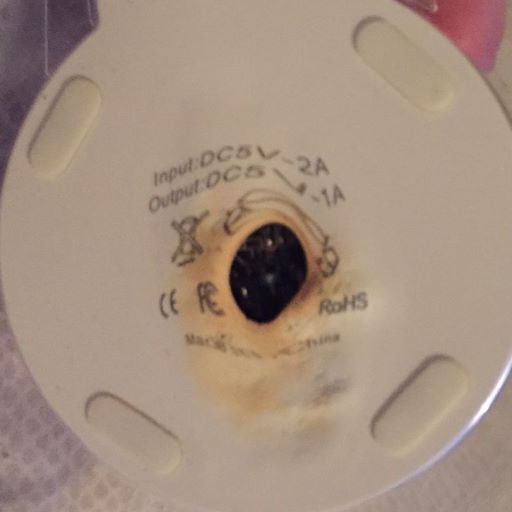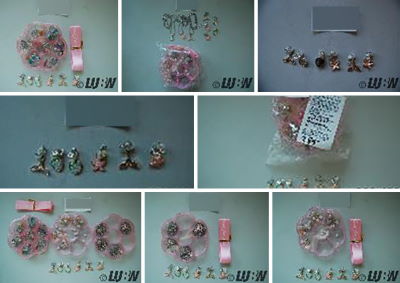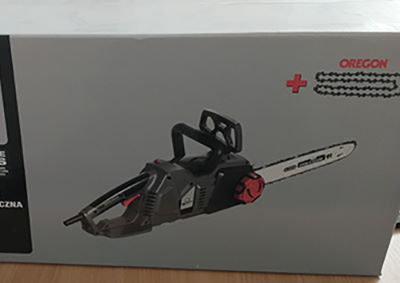Tsuapa Consortium
Automated verification of compliance with product safety regulations
Tsuapa makes it easy for online retail platforms to verify that products have been tested for compliance with applicable safety regulations. The verification is automated, carried out without any human interaction.
Easy identification of recalled products
Tsuapa makes it easy for online retail platforms to remove products that have been recalled by the manufacturer. Also the technically identical variants of the recalled product that are sold under different brand names. Also when the recall was in another country.
Easy investigation of suspect products
Tsuapa makes it easy for online retail platforms to initiate an independent investigation when buyers’ feedback suggests that a product may be unsafe. Tsuapa coordinates the follow-up by seller, manufacturer, and independent test laboratory.

Product Safety on Online Platforms
Online retail platforms prefer that the sellers take responsibility for product safety. Increasingly, the regulators in the USA, Europe, and China are looking to shift that responsibility to the platform, in particular when the seller doesn’t have a local representative who takes care of incidents such as electrical shock, fire by electrical short circuit, toxic paint, unsafe child car seat, etc.
The increased responsibility creates a challenge for online retail platforms because it is virtually impossible for platforms to verify that all products on their platform are safe. Without verification it remains likely that products will be sold that violate safety regulations.
Platforms will therefore need to find a reliable method to verify compliance with applicable safety regulations. That is just one aspect. There are three related challenges that platforms must deal with.
Challenge 1: How can the platform verify that a product is safe?
The platform can ask sellers to provide a test report for each product, but these reports may be unrelated to the product that is sold, they may be fake, about a different standard, or not applicable in the country in which the product is sold. How can online retail platforms inspect the test reports for all products sold on the platform? It is impossible.
Tsuapa makes that verification easy. The verification is automated in cooperation with accredited test laboratories, and carried out without any human interaction.
Challenge 2: How can the platform know that a product has been recalled?
Even products that have been tested may turn out to be unsafe. That could be due to a mistake during manufacturing, or because the product as sold is different from the sample that was tested.
When a product is recalled, the manufacturer informs the distribution channels and consumer safety authorities publish the product recall. The recall ought to remove the product, and the variants sold under different brand names, from global distribution channels and consumers’ homes. But not all manufacturers and sellers play by these rules.
How can a platform know which products and variants have been recalled? Rely on the sellers to remove the products?
Tsuapa makes it easy for online retail platforms to remove products because the accredited test laboratories keep track of products and their variants. That information makes it possible to inform a platform about all recalls of products that are sold on that platform.
Challenge 3. Consumer safety authorities can deal with only a small fraction of incidents
Consumer safety authorities investigate safety incidents and mandate the recall of unsafe products. It is difficult for the authorities to know about all incidents and even more difficult to investigate all incidents. In practice not every incident is investigated and not all unsafe products are recalled.
The feedback buyers of products give online retail platforms not only information about products that give a bad user experience, but also about safety incidents. At this moment, the only possible action for the platform is to remove the product from the platform, but the unsafe product will still be sold on other platforms, and variants sold under a different brand name will remain available until another customer reports a safety incident.
Tsuapa makes it easy for online retail platforms to initiate an independent investigation when buyers’ feedback suggests that a product may be unsafe. Tsuapa coordinates the follow-up by seller, manufacturer, and an independent accredited test laboratory.
Examples of dangerous products
Dangerous USB phone chargers
Taken apart and analyzed by “DiodeGoneWild” in this entertaining video.
Unsafe child car seats
Reported by UK’s consumer champion “Which?”.

Toxic children's jewelry
Contains an excessive quantity of cadmium (90% by weight).

Unsafe electric chainsaw
The chain catcher is not durable enough. In the event that the chain breaks, the chain catcher could fail, increasing the risk of injury or cuts.
